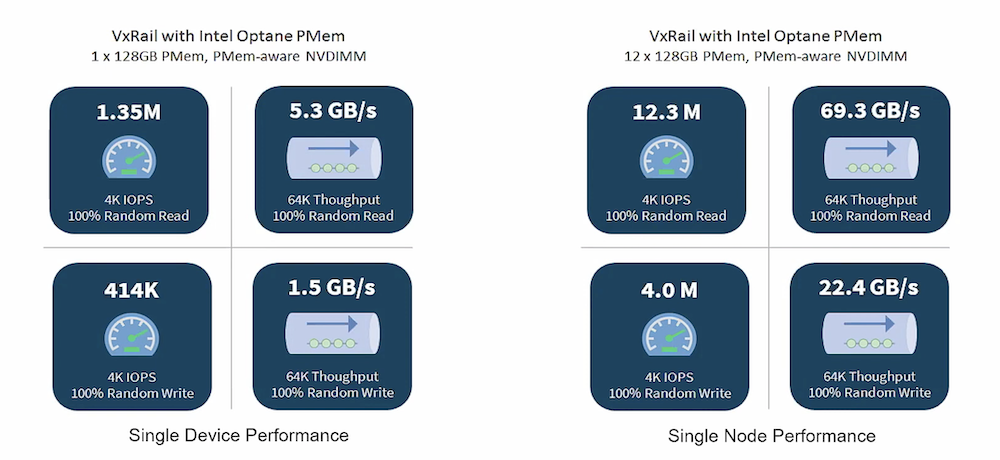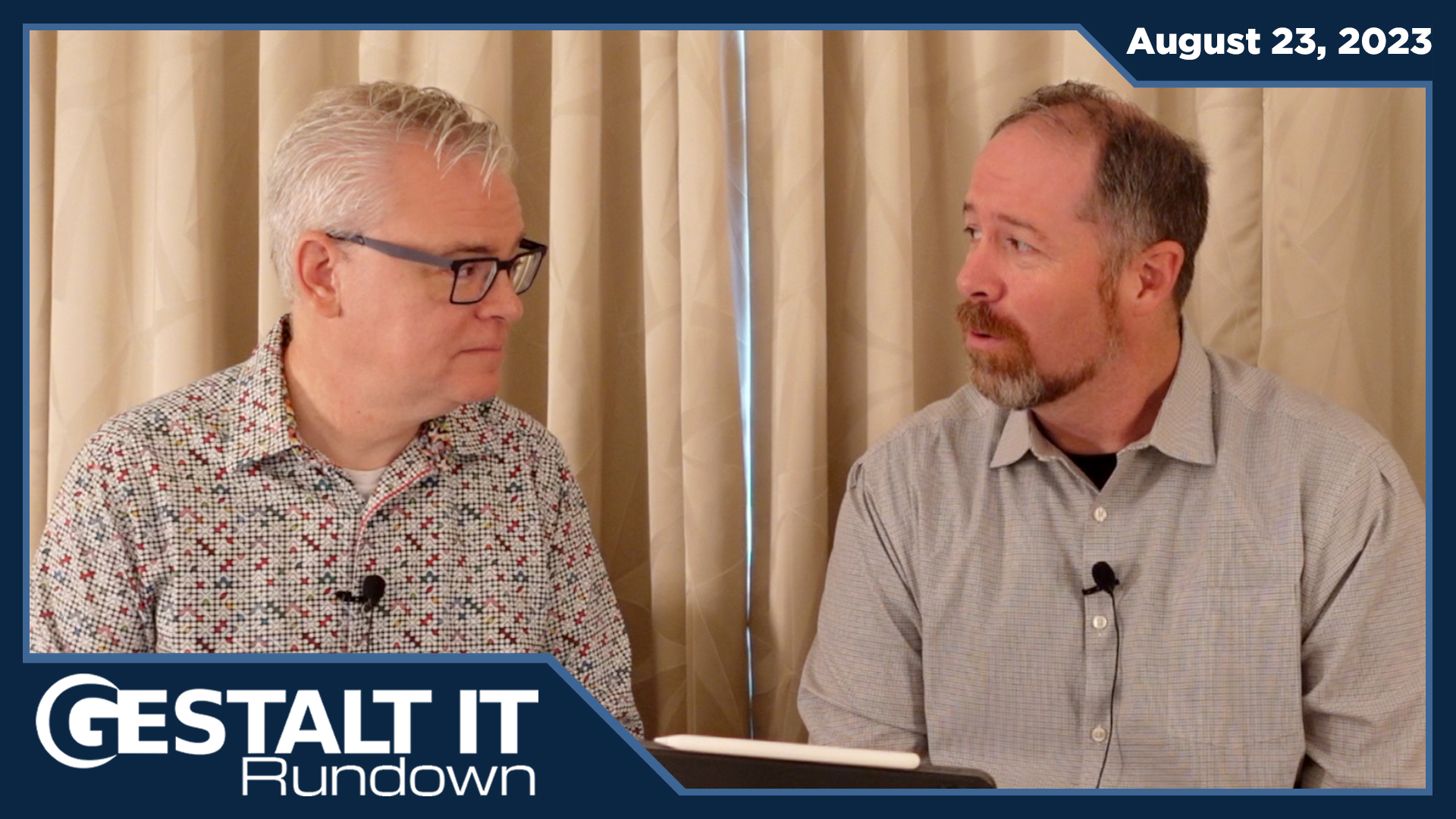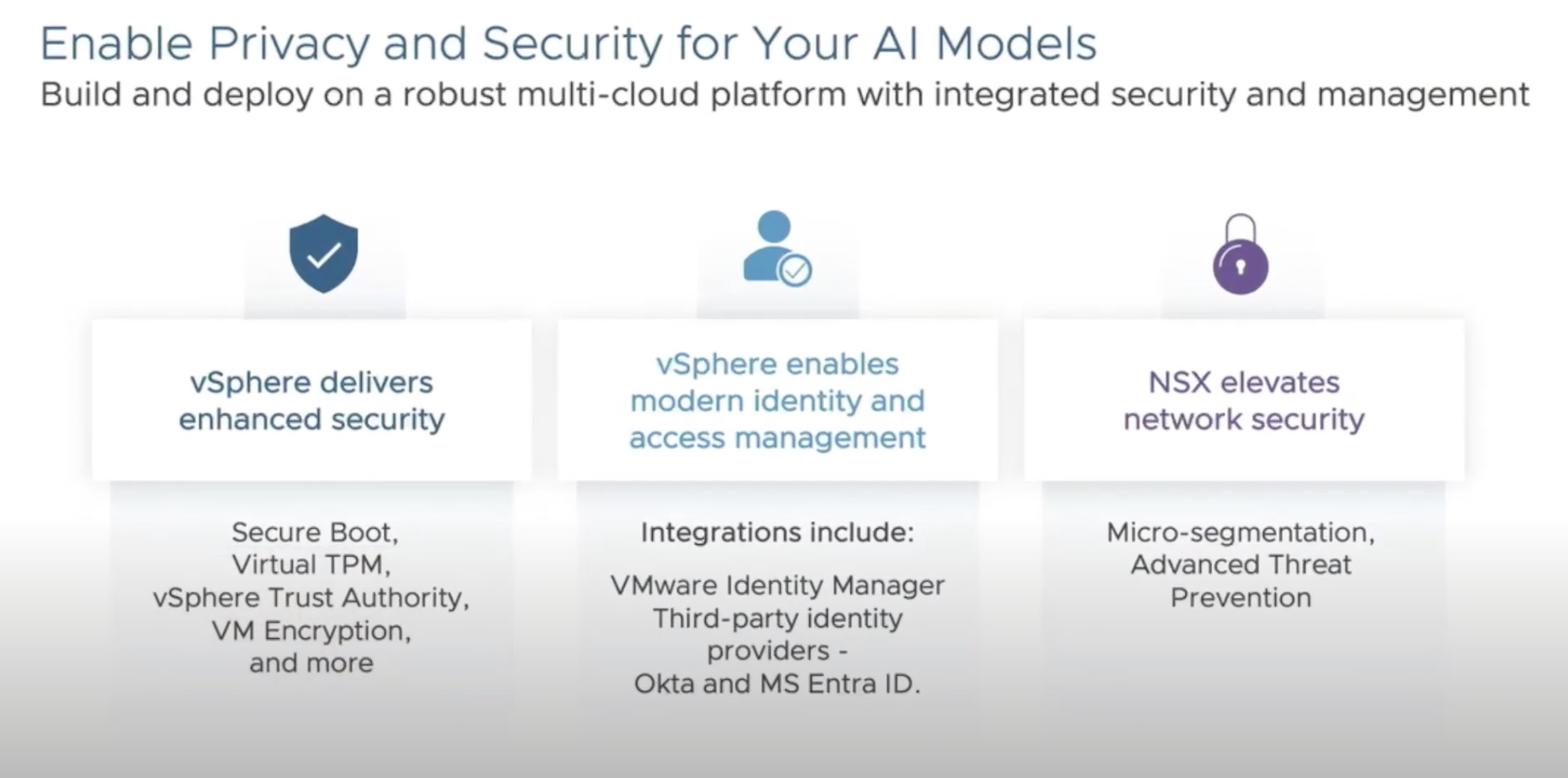With virtual machines (VMs) at the forefront of many IT departments’ task lists due to IT decentralization, many organizations need their VMs to operate at the maximum possible performance. That’s why Dell has integrated Intel technology into their VxRail, as showcased during their exclusive Tech Field Day presentations.
The Need for Best-in-Class VMs
Virtual machines grow increasingly useful for enterprise IT departments as their organizations become more and more decentralized. With VMs, IT practitioners can build compute nodes that are accessible from anywhere, making them invaluable when employees, and processes for that matter, are operating remotely.
At their core, VMs are only as good as the hardware they are built upon. With the proper combination of CPU, GPU, storage, and memory, IT practitioners can deploy enterprise-grade VMs to ensure their operations run smoothly.
Dell and VMware: Best-in-Class VMs
Dell and their partner company, VMware, are making waves in the field of VMs with their VxRail product. They have expanded the capabilities and integrations of the VxRail line to use the best technologies available today, making VxRail one of the most powerful VM implementations available. One such technology is Intel Optane persistent memory.

With Optane, IT practitioners can build high-performance VMs on VxRail, clocking excellent IOPS and throughput numbers to accelerate operations. VxRail customers using Optane notice up to 33% reduced costs compared to using a DRAM alternative, with a 25% workload density increase compared to DRAM as well.
Even More VxRail Stats
At their exclusive Tech Field Day event, Dell presented the advancements made to VxRail’s tech integrations. There, David Glynn, Sr. Principal Engineer in VxRail Technical Marketing, shared some figures regarding VxRail performance using Intel memory and processors.
Now, I know I won’t be able to do these figures enough justice in this post, so please watch the video above to hear everything Glynn presents, but I will share some highlights here. One point in particular that Glynn stresses is the efficacy of NVMe caches with VxRail. At high IOPS cycles, NVMe drives show impressive response times, even at high workloads.
Another technology integration covered by Glynn is processors. Using Intel’s Cascade, Sky, and Ice Lake processors, VxRail customers notice massive IOPS capabilities at less-than-a-second latency, promising high-level performance for the majority of operations.
Zach’s Reaction
It’s apparent that the folks behind VxRail are working hard to make the technology operate at its very best. The new integrations expressed at the event are sure to impress VxRail customers moving forward.
Learn more about VxRail and everything else new at Dell by watching all of their exclusive Tech Field Day presentations.




